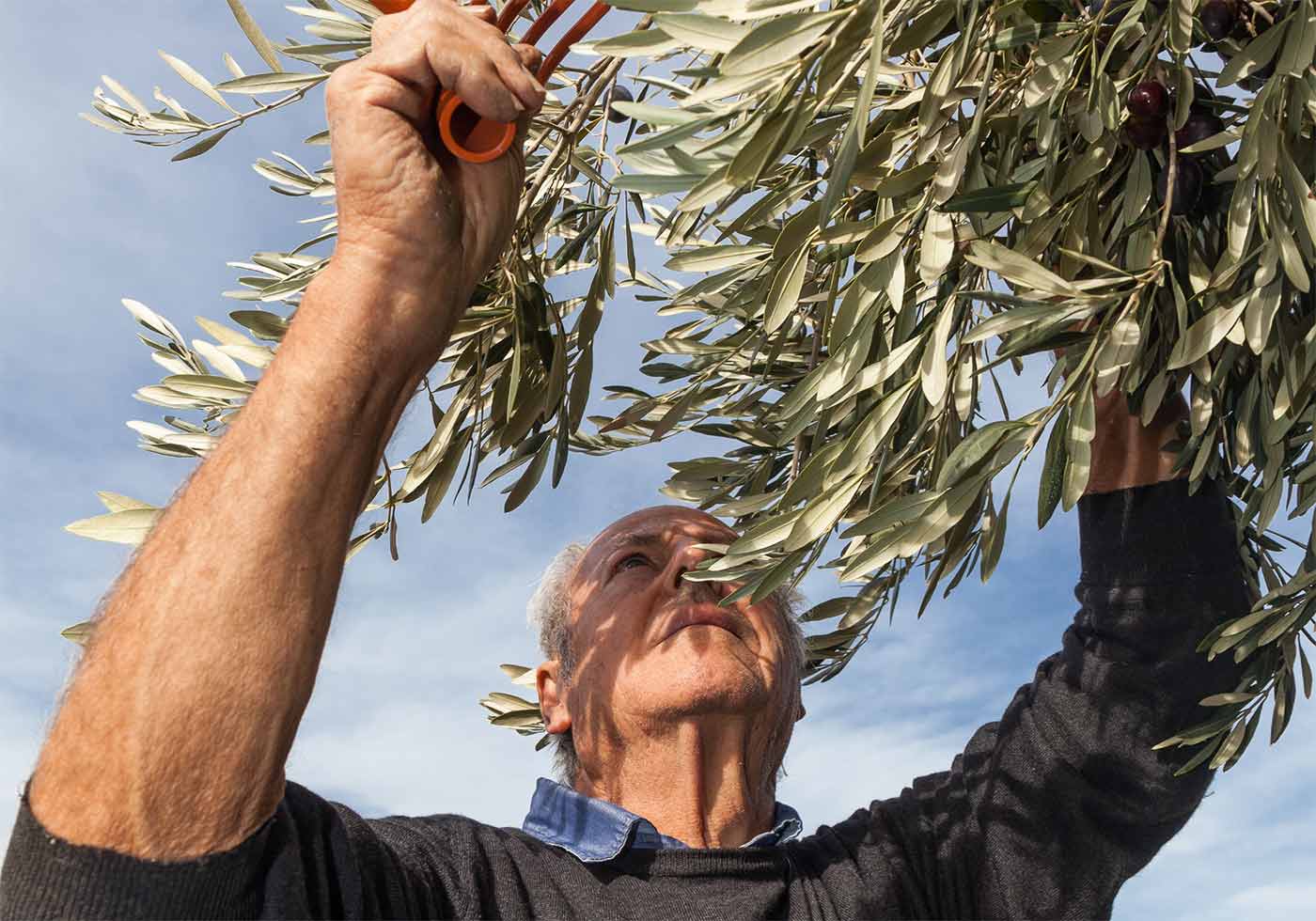
How is virgin certified
The certification of virgin olive oil involves a stringent process to ensure quality and authenticity. This process includes strict adherence to production standards, sensory evaluations, and chemical testing. Understanding how virgin olive oil is certified can help consumers make informed choices and appreciate the high standards that top-quality olive oil must meet. Here’s a comprehensive guide to the certification process.
Definition of Virgin Olive Oil
Virgin olive oil is obtained from the fruit of the olive tree solely by mechanical or other physical means under conditions that do not alter the oil in any way. It has not been treated with chemicals or heat and retains the natural flavors, aromas, and nutrients of the olives.
Certification Process
Harvesting and Production Standards
To ensure that the olives are of the highest quality:
- Olives should be harvested at the optimal time, avoiding overripe or damaged fruit.
- The olives must be processed within 24 hours of harvesting to prevent oxidation and fermentation.
- Mechanical means should be used for crushing and pressing the olives, avoiding any chemical treatments.
Chemical Analysis
The chemical composition of virgin olive oil is tested to ensure it meets specific standards:
- Acidity Level: The free fatty acid content, measured as oleic acid, must not exceed 2% for virgin olive oil and 0.8% for extra virgin olive oil.
- Peroxide Value: Indicates the extent of primary oxidation; should be less than 20 milliequivalents of oxygen per kilogram.
- Absorbance in Ultraviolet: Measures secondary oxidation products, with specific absorbance limits set at certain wavelengths.
- Fatty Acid Composition: Ensures the oil is derived from olives and not mixed with other oils.
Sensory Evaluation
A panel of trained tasters conducts sensory evaluations to assess the organoleptic qualities of the oil:
- Fruity: The aroma of fresh olives, ranging from green to ripe.
- Bitter: A desirable taste characteristic of fresh olives, detected on the tongue.
- Pungent: A peppery sensation felt in the throat, indicating the presence of polyphenols.
The oil must be free from sensory defects such as fusty, musty, rancid, or winey-vinegary tastes.
Adherence to International Standards
Certification bodies follow standards set by organizations such as:
- International Olive Council (IOC): Sets international standards for olive oil quality and labeling.
- European Union (EU): Provides regulations for olive oil quality, labeling, and marketing within the EU.
- US Department of Agriculture (USDA): Offers guidelines and standards for olive oil quality in the United States.
Traceability and Labeling
Proper labeling and traceability are essential for certification:
- Label Accuracy: The label must accurately reflect the oil’s grade, origin, and production methods.
- Batch Traceability: Each batch of olive oil must be traceable back to the source, ensuring transparency and accountability.
Third-Party Certification
Independent third-party organizations may certify virgin olive oil:
- Organic Certification: Ensures the olives are grown without synthetic pesticides or fertilizers.
- Geographical Indications (GI): Protects the names of regional products and certifies that the oil comes from a specific geographic area known for its high-quality olive oil.
Certification Bodies and Seals
Several organizations provide certification and quality seals for virgin olive oil:
- International Olive Council (IOC): The IOC seal indicates compliance with international quality standards.
- European Union (EU): The EU PDO (Protected Designation of Origin) and PGI (Protected Geographical Indication) seals protect regional olive oils.
- USDA Quality Monitored Seal: Indicates the oil has been tested and meets USDA quality standards.
- California Olive Oil Council (COOC): Provides certification for extra virgin olive oil produced in California.
Conclusion
The certification of virgin olive oil is a rigorous process designed to ensure the highest quality and authenticity. By adhering to strict harvesting, production, chemical, and sensory standards, producers can achieve certification that guarantees consumers are getting premium olive oil. When purchasing olive oil, looking for certification seals and understanding the certification process can help you choose a product that meets the highest standards of quality and flavor.
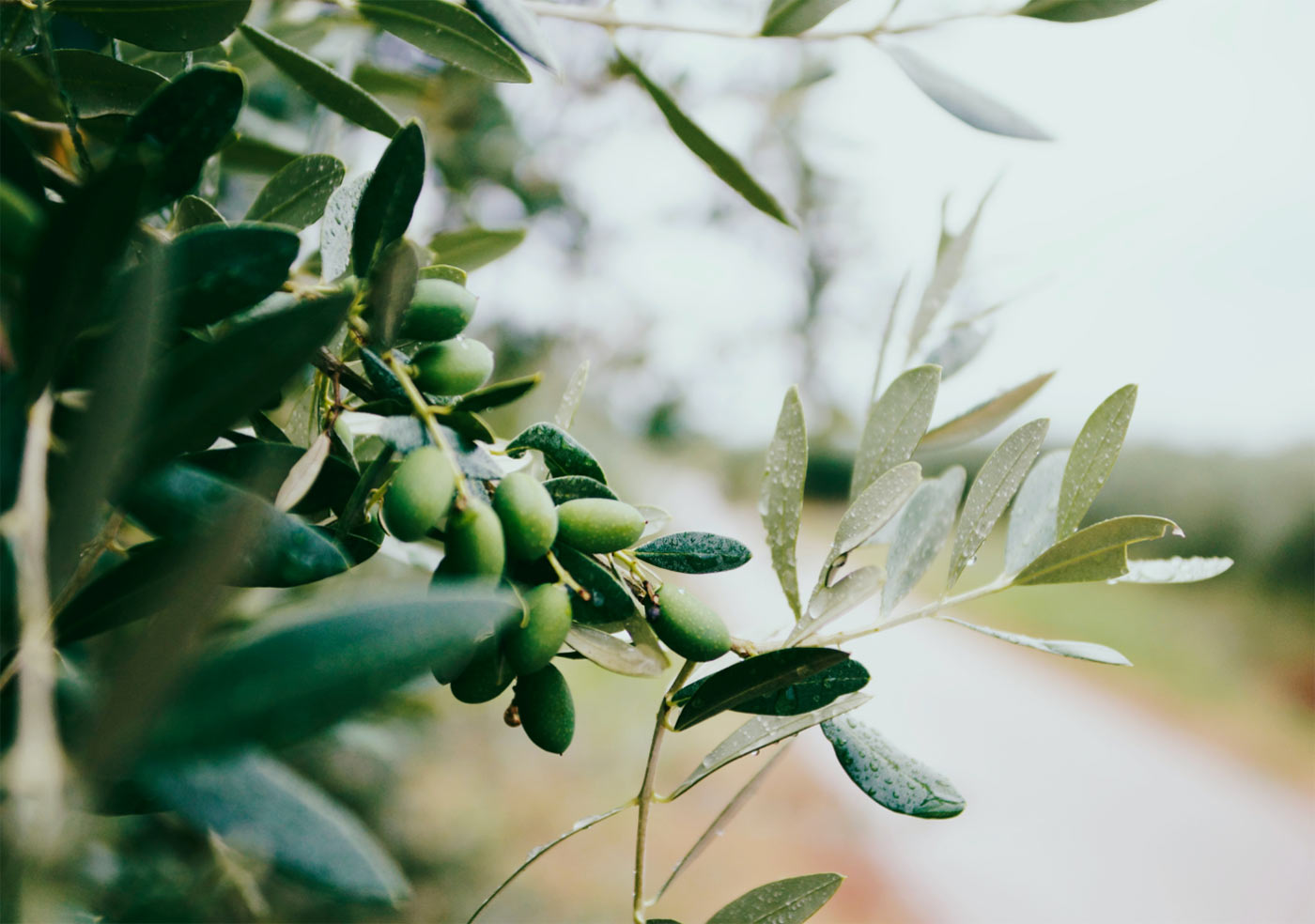
"Olive Oil Field Norway"
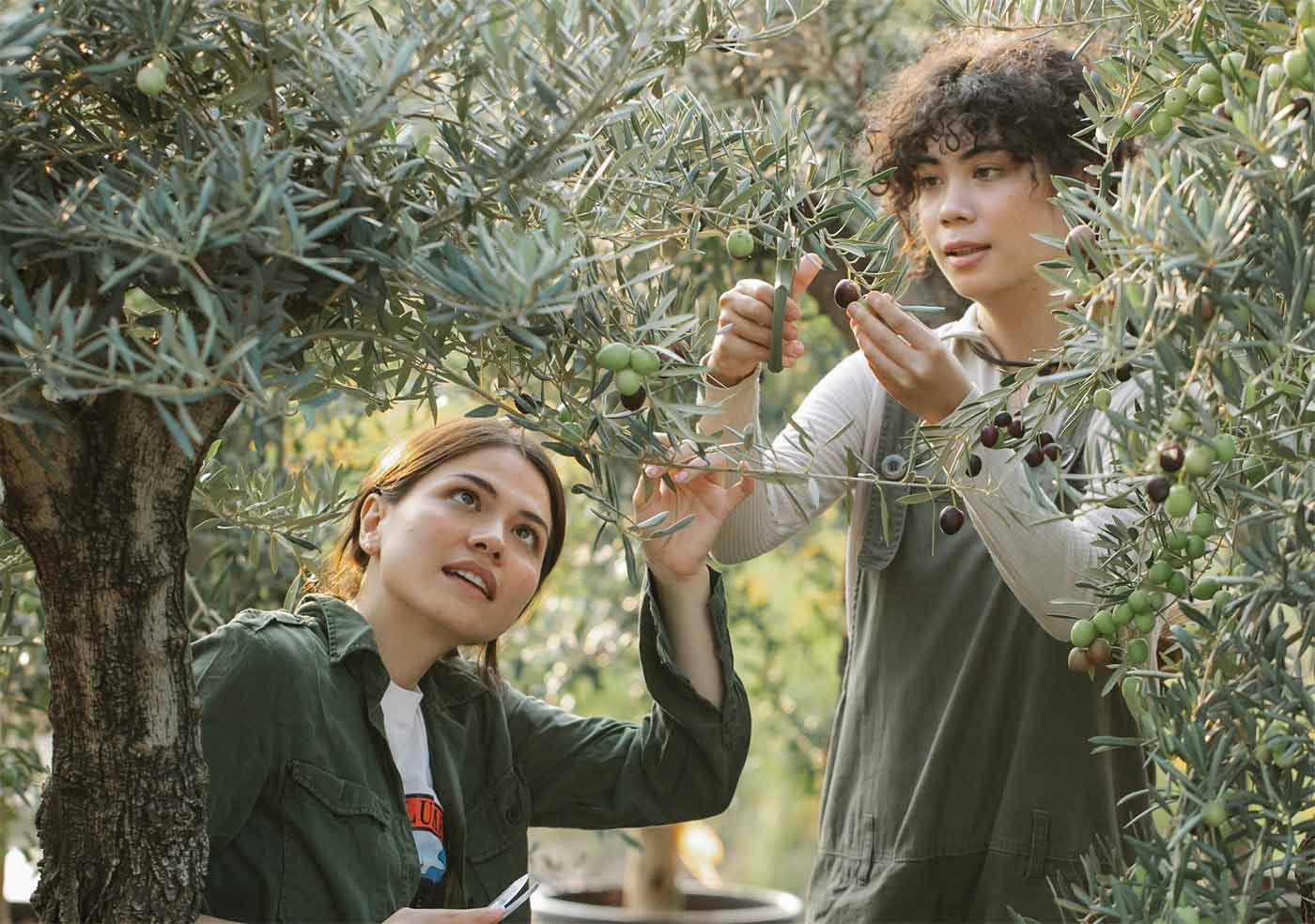
"Olive Oil Field Finland"
“The team is part farmer, part archaeologist, always full of enthusiasm to inspire emotions through fragrances and flavors.”
Related Posts
Health benefits of olive oil
Lorem ipsum dolor sit amet, consectetur adipiscing elit. Nunc quis risus mi. Ut placerat quam lectus

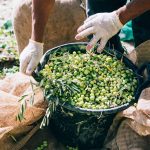
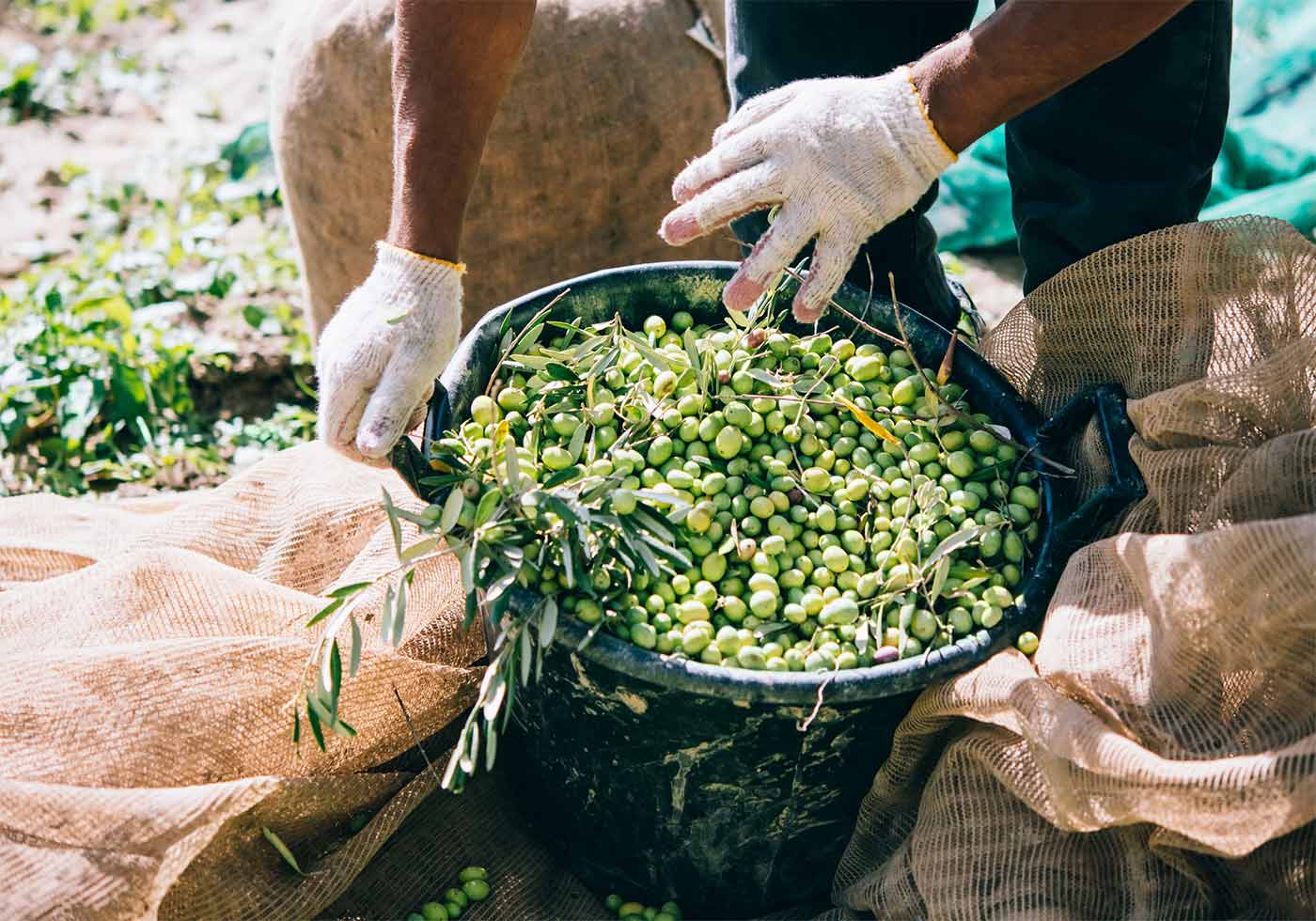
Leave a Reply